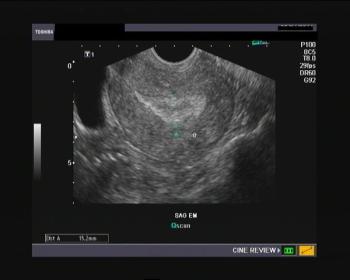
Reproductive endocrinology, a relatively new subspecialty of obstetrics and Gynecology, came of age during the 1980s. The discipline has benefited greatly from substantial recent advances in reproductive biology and allied fields and technologic improvements in computers, ultrasonography, and surgical instrumentation. All of these developments have been applied to clinical practice at an unprecedented rate.

